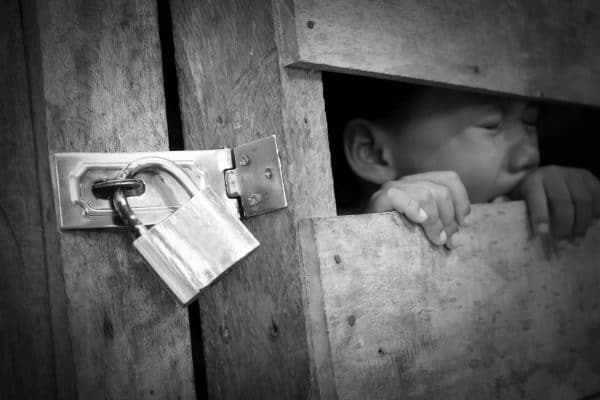Huma trafficking has increased under the radar, and if you are a girl child reading this, you could be next! With most cases of missing people reported in the Freestate Province, South African authorities are losing the battle against human trafficking. During my research for this article, I walked around different malls in Gauteng and noticed a very chilling reality. Black parents are super careless and do not understand how subtle and quickly human trafficking happens.
I have noticed parents leaving their kids four to five meters behind them. The child would play around and then run to catch up with the parent. A fraction of a second is all it takes for your child to be abducted and for you to never see your child again.

This article is inspired by and is in honor of the late 16-year-old Machaka Radebe, who was kidnapped and killed in Bloemfontein earlier this month. Another 15-year-old girl was gang raped by three boys in Midrand; sadly, the incident was filmed and posted on social media platforms. This is how much freedom killers, traffickers, and rapists have in South Africa under a failed police ministry led by Bheki Cele. The rotten justice system is highly responsible for these young victims.
The killers of Machaka will be well looked after in jail; they can even attend school, while an innocent grade 11 learner whose life was cut short is rotting in the grave. The three young men who gang-raped the 15-year-old will be well looked after in prison, while the young lady is left with scars, depression, and many other emotional scars from being raped. To all of this, I say, as the editor of this magazine, f*ck the judiciary and the weak and rotten justice system; f*ck the human rights organization that protects these animals, while victims and their families are left alone with no assistance.
Now to help you avoid being the next victim, I have put together a list of things to look out for, please parents, protect your children. South Africa our safety is our responsibility, take heed to these:
- Communication: Teach children about appropriate boundaries and the importance of open communication with trusted adults. Encourage them to share any uncomfortable encounters or suspicious situations.
- Internet safety: Educate children about the risks of online communication, social media, and the potential dangers of sharing personal information or meeting strangers in person.
- Stranger danger: Teach children how to identify and handle interactions with strangers. Encourage them to always be cautious and avoid accepting gifts, rides, or invitations from unfamiliar individuals.
- Personal safety: Teach children about personal safety measures, such as walking in groups, staying in well-lit areas, and being aware of their surroundings. Encourage them to trust their instincts and remove themselves from any uncomfortable situations.
- Awareness of grooming tactics: Help children recognize common grooming tactics used by traffickers, such as flattery, building trust, or offering enticing opportunities. Encourage them to report any suspicious behavior to a trusted adult.
- Peer support: Foster an environment where children feel comfortable discussing their concerns and experiences with their peers. Encourage supportive friendships and assure them that they can rely on their friends for help.
- Education: Inform children about the dangers of human trafficking in age-appropriate ways. Knowledge is a powerful tool in helping them understand the risks and make informed choices.
Remember, these steps act as additional layers of protection, but they should always be accompanied by proper supervision, guidance, and ongoing supportive conversations with children about their well-being.
